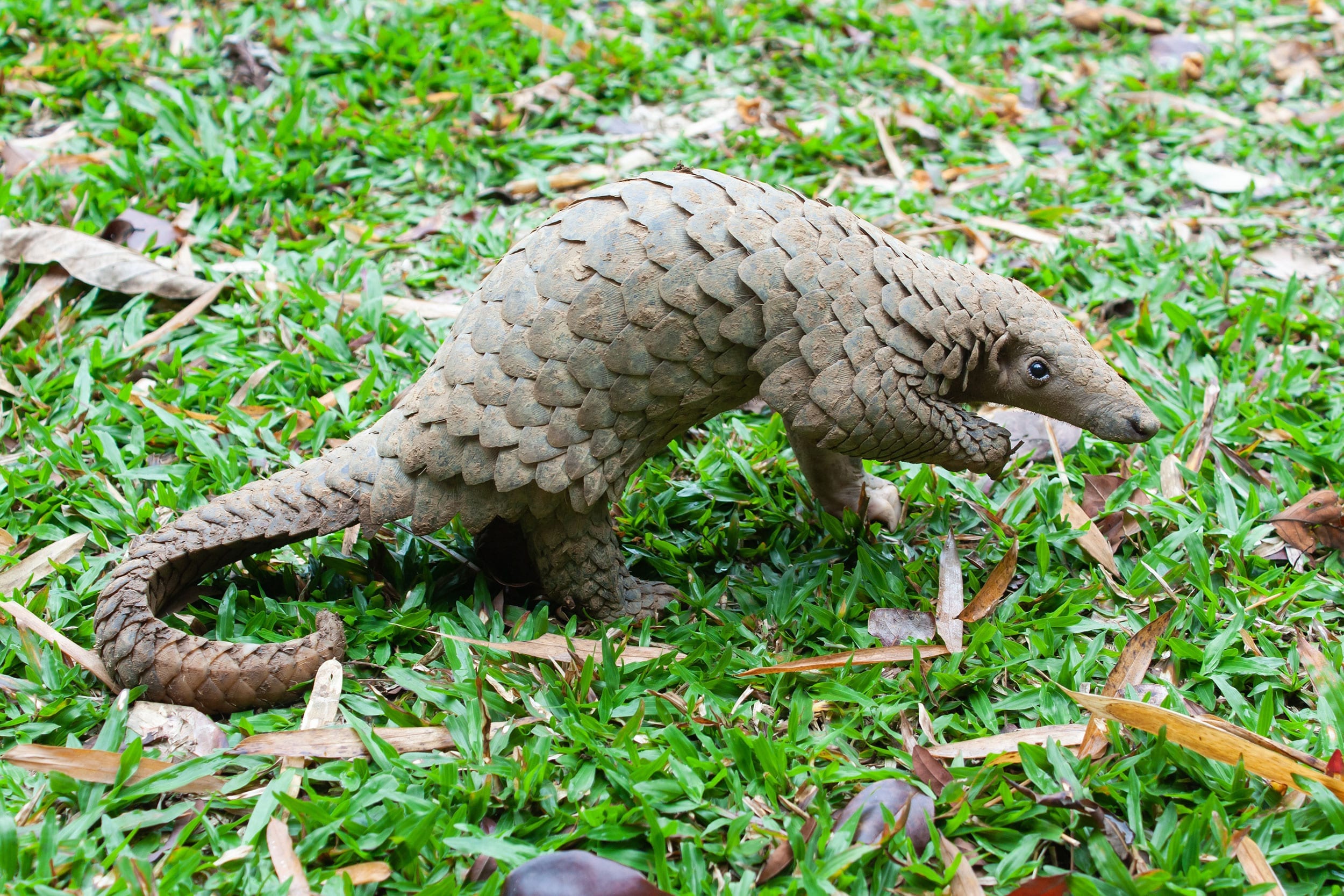
News
Wildlife Drones tracks Pangolins in Vietnam
In 2019, Wildlife Drones travelled to Vietnam to track the movements of critically endangered Sunda Pangolins.
The Pangolin is one of the only mammals to be covered in large, protective scales. While their scales serve to protect them from predators in the wild, they are also what makes them prized by poachers. In fact, pangolins are considered to be one of the world’s most trafficked mammals.
Our partners at Save Vietnam’s Wildlife (SVW) work tirelessly to rescue pangolins from the illegal wildlife trade and release them back into the wild. But as populations continue to decline, studying their movements is essential to saving them from extinction. As a result, SVW use radio-tags to track their movements and survival post-release.
Up until recently, the pangolins could only be radio-tracked on foot. Using handheld equipment, field researchers could only track one animal at a time whilst navigating rugged terrain. Sometimes it would take multiple days just to locate a single pangolin. But more often than not, they would lose the animal completely.
This all changed when SVW contacted us to see if we could help…
Fieldwork in Vietnam
When we arrived in Vietnam, we worked with the SVW staff at their office in Cuc Phuong National Park. Here, we trialed tracking pangolin tags by hiding them in burrows and under logs within the forest. We also spent time training their team of field researchers on how to fly a drone and operate our wildlife tracking system.
We then travelled to Pu Mat National Park to witness the release of three radio-tagged pangolins back into the wild. These pangolins had spent months in rehabilitation by SVW and now, it was time for them to go home. This moment really encapsulated just how much work goes into protecting these endangered animals. It was also rewarding to see how our technology can add immense value to their conservation efforts.
Over the next few days, we tracked the pangolins as they dispersed from the release site. It was astonishing to see just how far these nocturnal animals moved in just a matter of days. We could easily pick up their signals from the air. But because the landscape was so mountainous, we had to adopt new flight strategies to pinpoint their location. We were immensely proud of ourselves when we located all three pangolins in a single flight.
A Learning Experience for All
This project was full of first for us. This was our first international project and the first time pangolins were radio-tracked using drones. It was also the first time that our wildlife tracking system had been used in a tropical forest. Despite our initial nervousness, the project demonstrated just how effective drones can be in rugged landscapes. Testing our wildlife tracking system in this environment also identified areas for improvement. This includes incorporating a longer range communications system so we can receive real-time data from even further away.
A special thank you to executive director, Thai Nguyen and his field research team (Dung, Huyen and Tan) from SVW for inviting us to be a part of this special project. Save Vietnam’s Wildlife are doing amazing work in wildlife conservation across Vietnam. If you would like to support their work and help save the pangolins, please visit www.svw.vn to donate or volunteer.
To learn more about the project and our latest work with the SVW, check out the case study.



